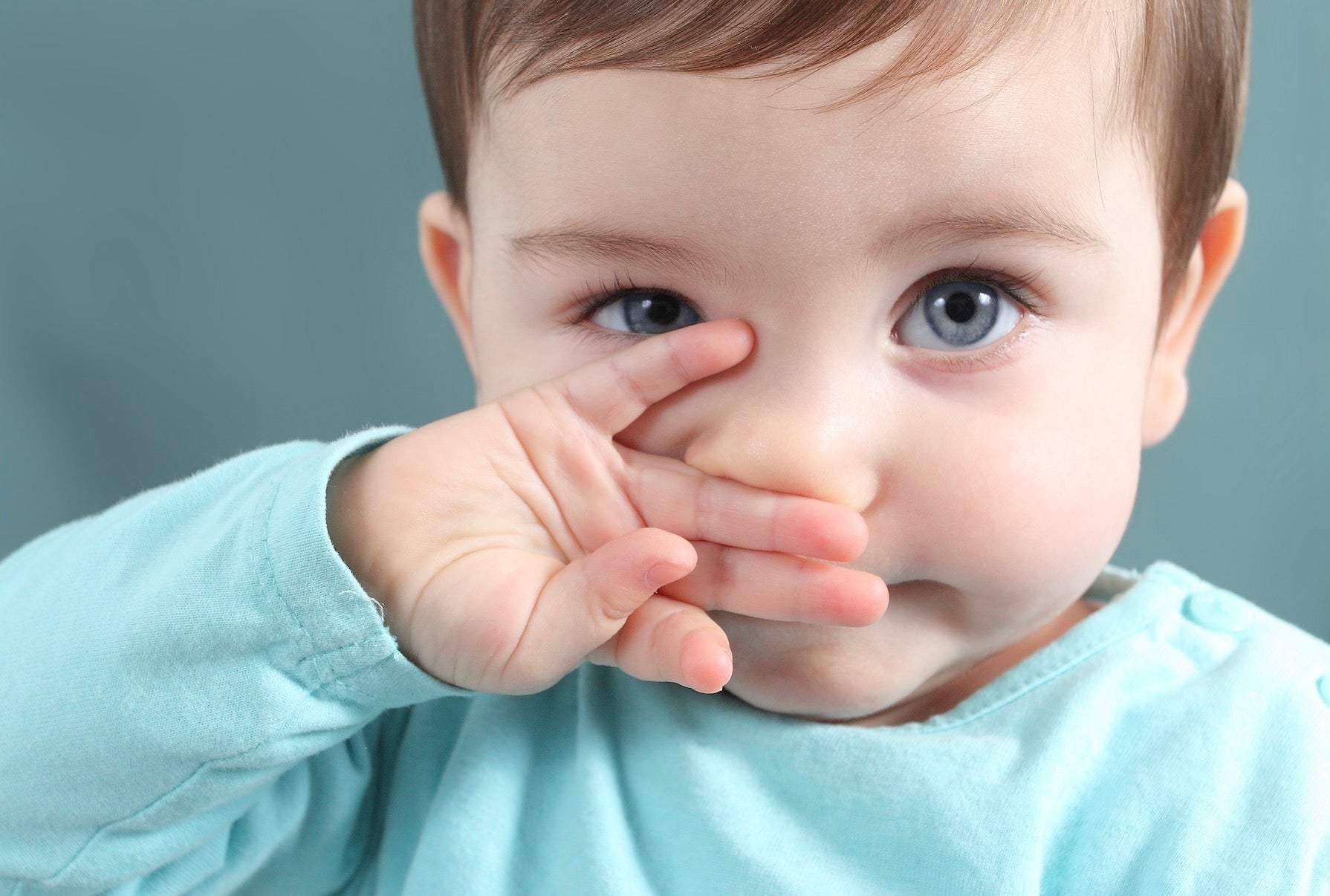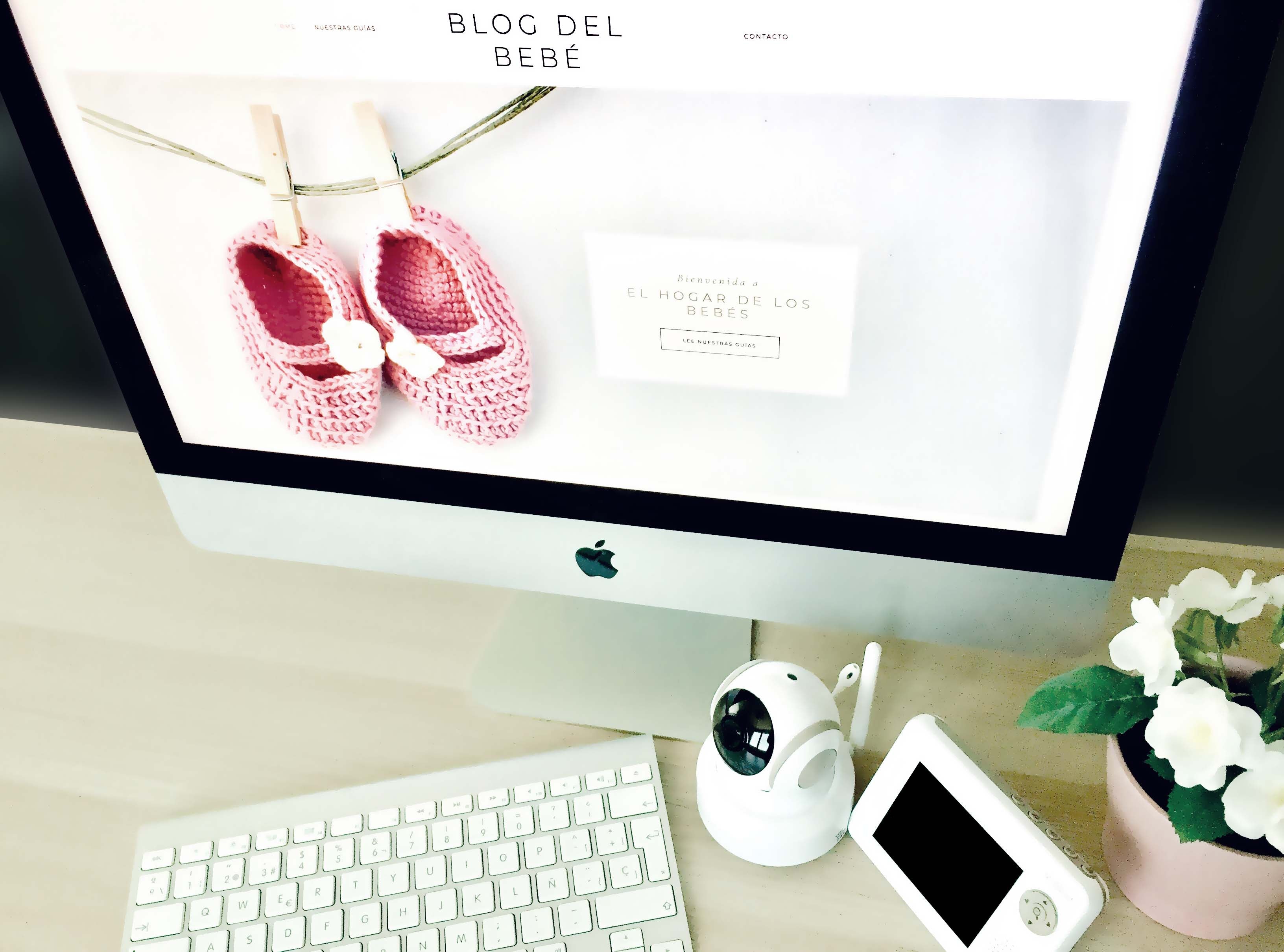
Spring allergy in babies. Prevent and relieve them
Spring has arrived and, in addition to enjoying wonderful weather, this period also brings numerous visits to doctors' offices and pharmacies by parents. The main objective is to mitigate spring allergies in babies , since they are becoming more common.
The first step is, mainly, to consult with a pediatric allergist who can detect the allergen related to each case, and determine the best treatment for the allergy.
What is spring allergy?
It is a defense reaction that the body produces against external substances that we ingest, inhale or absorb through the skin. When the body detects them, it neutralizes them through a process that we do not even realize.
But in the case of people with allergies, what happens is that their body reacts in an exaggerated way, and tries to neutralize these external agents in a way that is harmful to the body itself, which causes allergy symptoms. In the case of spring allergy, it is a reaction to pollen that different plants and trees can produce, such as grasses, cypress, banana, olive...
Why are there more and more childhood spring allergies?
This is mainly due to climate change, which has shortened the age at which children react by having pollen allergies. Average temperatures have increased, thus favoring the pollination season to lengthen and intensify. One in five children between 13 and 14 years old suffers from spring allergies, but more and more cases of allergies are being found in babies.
What are the worst months for spring allergies?
Until a few years ago it was only the spring months (end of March to end of June) but due to climate change, experts recommend taking extreme precautions even from the beginning of February.
Spring allergy symptoms
- Rhinitis, conjunctivitis and asthma.
- Itchy nose, itchy eyes or pharynx, as well as watery eyes and sneezing
- Nasal discharge or obstruction and bronchial obstruction (often confused with the typical cold, so you must pay attention to all the symptoms and consult with the pediatrician)
Treatments and remedies for spring allergies in children
In relation to these allergies, there are 2 types of treatments:
The preventive ones and the rescue ones. First, the allergy and the specific allergen that causes it are detected to begin preventive treatments. In some cases, the pediatric allergist prescribes corticosteroids from the beginning to the end of spring. In others, those known as allergy vaccines are also prescribed. An increasing amount of the extract of the allergen that causes the allergy is administered through vaccines to the child, so that their reaction once exposed to it naturally is less. Between 6-12 months its effects begin to be noticed and reach their maximum at 2-3 years.
Other forms of prevention
There are several ways to reduce the exposure of children with allergies:
- Avoid areas with a lot of vegetation, such as the countryside, parks or gardens between the months of March and June and choose beach destinations during your holidays at this time, if possible.
- Avoid textures that trap pollen such as stuffed animals, carpets, blankets and/or wash them very frequently, just like children's clothes.
- Avoid outdoor activities as much as possible during very sunny, dry and windy days.
- Travel by car with the windows up and ensure that pollen filters are changed or cleaned regularly
- Always carry bronchodilators or antihistamines with you
- Keep the windows in the room of the child with allergies closed as long as possible and protect them with a mesh or mosquito net.
Although prevention through these recommendations is important, the essential thing is that your doctor performs tests to detect the type of allergy and thus be able to prescribe appropriate treatment for your child.


